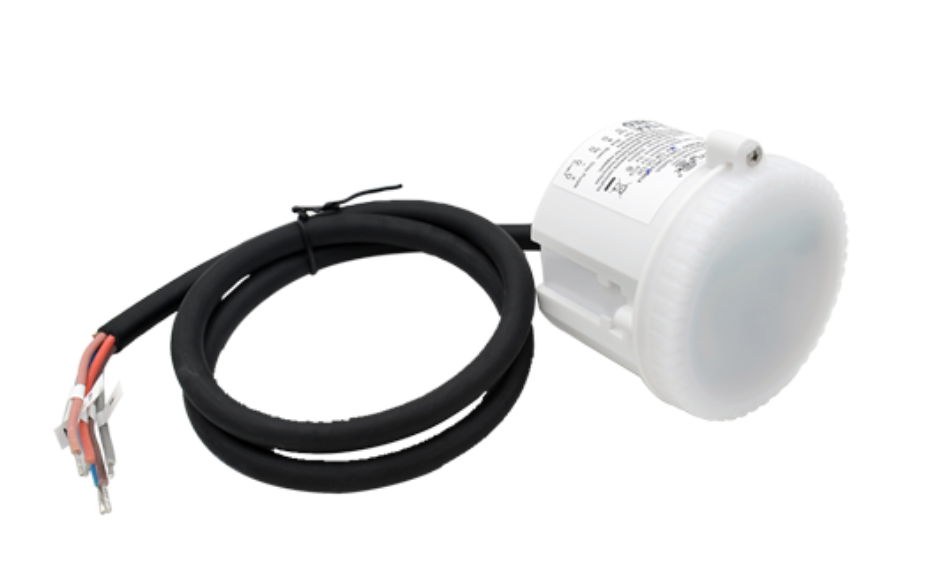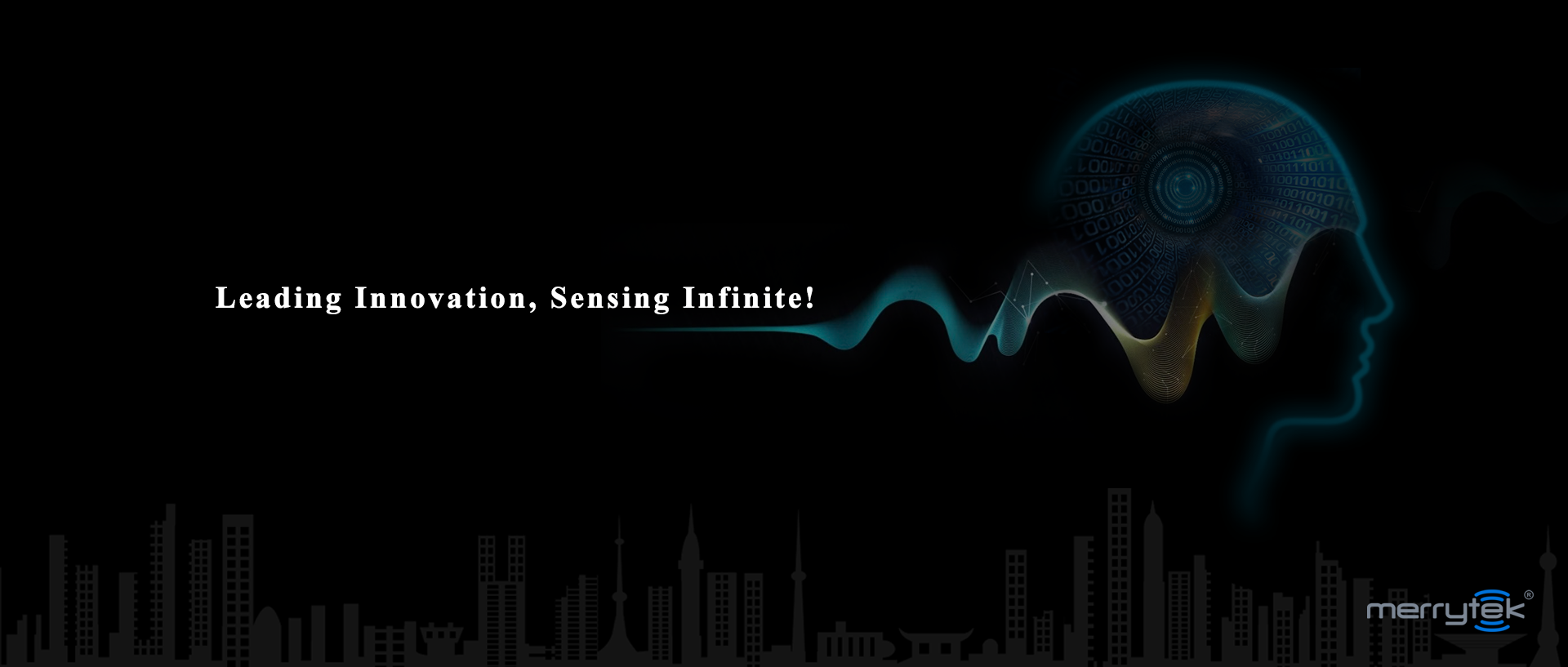Introduction
Welcome to the fascinating world of photoelectric sensors! In today's digital age, where technology is advancing at breakneck speed, it's easy to overlook the incredible innovations happening in the field of sensing devices. But fear not, because we're here to shed some light on photoelectric sensors and their wide-ranging applications.
You may have heard of these sensors before, but do you really know what they are and how they work? Join us as we dive into the realm of light-sensitive sensors and explore their different types, applications, and even emerging trends. So grab a cup of coffee (or your beverage of choice) and let's embark on this enlightening journey together!
Understanding Light-Sensitive Sensors
Light-sensitive sensors, also known as photoelectric sensors, are electronic devices designed to detect and measure the presence or absence of light. These sensors utilize various techniques to convert light into electrical signals, which can then be processed and analyzed by other electronic components.
Photoelectric sensors play a crucial role in a wide range of industries and applications. They are commonly used in automation systems, such as manufacturing lines, where they can detect the presence or position of objects. In these scenarios, the sensor emits a beam of light and measures its reflection off an object to determine its characteristics.
One type of light-sensitive sensor is the photodiode. This semiconductor device converts incoming photons into an electric current. It is commonly used in optical communication systems and light meters.
Another type is the phototransistor, which operates similarly to a regular transistor but uses photons instead of electrons for signal detection. Phototransistors are often employed in proximity sensing applications like automatic doors or elevator safety systems.
In addition to their industrial uses, photoelectric sensors also find application in everyday consumer electronics like smartphones for ambient light sensing or gesture recognition.
The development of advanced technology has led to innovations within this field. For example, there have been advancements in color-sensing photoelectric sensors that can distinguish between different wavelengths more accurately than ever before.
To summarize briefly: Understanding how light-sensitive sensors work allows us to appreciate their importance across various industries and applications ranging from automation systems to consumer electronics. The continuous advancement in technology will likely lead us towards even more innovative solutions utilizing these versatile devices.
Photo Sensor vs. Light Sensor
When it comes to light-sensitive sensors, the terms "photo sensor" and "light sensor" are often used interchangeably. However, there are subtle differences between the two.
A photo sensor is a device that detects and measures light levels in its surroundings. It typically converts light energy into an electrical signal for further processing or control purposes. On the other hand, a light sensor refers to any type of sensor that detects the presence or absence of light.
One key distinction lies in their applications. Photo sensors are commonly used in industries such as automation, robotics, and manufacturing processes to detect objects or monitor movement based on changes in reflected or emitted light intensity. They play a crucial role in ensuring accurate positioning of components along assembly lines or detecting products on conveyor belts.
Light sensors, on the other hand, find widespread use in everyday consumer electronics such as smartphones and digital cameras. These devices utilize ambient light sensors to adjust screen brightness according to environmental lighting conditions for optimal user experience.
While both photo sensors and light sensors serve important functions related to detecting and measuring light levels, they have different applications depending on specific industry needs.
Types of Photoelectric Sensors
There are several types of photoelectric sensors that cater to different applications and environments. Let's shed some light on the most commonly used ones.
1. Through-Beam Sensors: This type consists of two separate units - a transmitter and a receiver - placed opposite each other. When an object interrupts the beam between them, it triggers an output signal.
2. Retroreflective Sensors: These sensors use a reflector to bounce the emitted light back onto the receiver unit, creating a detection zone. When an object enters this zone, it reflects the light towards the receiver, causing an output signal.
3. Diffuse Reflective Sensors: In this type, both the emitter and receiver are housed within one unit. The sensor emits continuous light onto a target surface, and when an object comes into proximity, it reflects some of this light back to trigger an output signal.
4. Proximity Sensors: Also known as "diffused mode" or "reflectance" sensors, they detect objects at close range without requiring reflectors or separate units like through-beam or retroreflective sensors do.
5. Background Suppression Sensors: These sensors have advanced optics that allow them to detect targets regardless of their color or texture while ignoring any background interference beyond a certain distance.
Each type has its own advantages and is suitable for specific applications in various industries such as automotive manufacturing, packaging lines, material handling systems, robotics, and more! So whether you need precise detection over long distances or reliable sensing in challenging environments with dust or moisture present – there's always a photoelectric sensor designed to meet your requirements.
Applications of Photoelectric Sensors
Photoelectric sensors have a wide range of applications across various industries due to their versatility and reliability. These sensors are used in automation processes, manufacturing plants, robotics, packaging, material handling systems, and many more.
In the field of automation, photoelectric sensors play a crucial role in detecting objects or parts on conveyor belts. They can accurately identify the presence or absence of an object and trigger an action accordingly. This helps streamline production processes and prevent errors.
In manufacturing plants, photoelectric sensors are utilized for quality control purposes. They can detect defects or inconsistencies in products during the assembly line process. By promptly identifying any faults, these sensors help maintain high standards and reduce waste.
Robotic applications heavily rely on photoelectric sensors for navigation and obstacle detection. These sensors enable robots to move freely while avoiding collisions with obstacles in their path. This ensures safe operation and improves efficiency in tasks such as pick-and-place operations.
Another important application is found in packaging systems where photoelectric sensors are used to detect labels or barcodes on products for accurate sorting and tracking purposes. By precisely identifying each item's location or type, these sensors contribute to efficient inventory management.
Material handling systems also benefit from the use of photoelectric sensors as they assist in monitoring product flow through conveyors or chute systems. They can detect jams or blockages during transportation processes and provide real-time feedback for immediate corrective actions.
The healthcare industry has also embraced the use of photoelectric sensing technology for non-invasive medical devices like pulse oximeters that measure oxygen levels through skin tissue without puncturing it. This enables continuous monitoring of patients' vital signs without causing discomfort or pain.
Photoelectric sensor applications continue to expand into new fields as technology advances further. With their ability to accurately detect objects, measure distances, differentiate colors, sense motion patterns,and perform other functions- these versatile devices have become indispensable tools across multiple industries.
Emerging Trends and Innovations
As technology continues to evolve at a rapid pace, so too do photoelectric sensors. Manufacturers are constantly striving to develop new and improved versions of these sensors to meet the ever-changing needs of industries across the globe.
One emerging trend in photoelectric sensors is the integration of wireless connectivity. This allows for seamless communication between the sensor and other devices, such as controllers or smartphones. With wireless capabilities, it becomes easier than ever to monitor and control sensor outputs remotely.
Another innovation that is gaining traction in the world of photoelectric sensors is the use of artificial intelligence (AI) algorithms. By incorporating AI into sensor systems, manufacturers can optimize performance by automatically adjusting settings based on real-time data feedback. This not only improves accuracy but also reduces false alarms, leading to more efficient operation.
Additionally, there has been a growing focus on developing miniaturized photoelectric sensors without compromising functionality. These compact sensors allow for easy installation even in tight spaces while maintaining high levels of precision and reliability.
Furthermore, advancements have been made in terms of durability and ruggedness. Photoelectric sensors now come equipped with enhanced protection against harsh environmental conditions such as dust, moisture, vibrations, and extreme temperatures. This ensures their longevity even in demanding industrial applications.
The field of photoelectric sensing is continuously evolving with new trends and innovations driving its growth. Wireless connectivity, AI integration, miniaturization efforts, improved durability - all contribute towards enhancing performance and expanding applications for these versatile sensors. As technology continues to advance at an unprecedented rate, we can expect even more exciting developments on the horizon for photoelectric sensors.
Conclusion
Photoelectric sensors have revolutionized various industries by providing reliable and efficient detection solutions. These sensors rely on the principles of light sensitivity, allowing them to detect changes in light intensity and identify objects or materials.
We explored the different types of photoelectric sensors, including through-beam, retro-reflective, and diffuse reflective sensors. Each type has its own advantages and applications, ranging from detecting small objects in industrial settings to counting products on conveyor belts.
In addition to their wide range of applications in manufacturing, packaging, automotive, and many other industries, photoelectric sensors are also evolving with emerging trends. With advancements like smaller form factors, enhanced performance capabilities, wireless connectivity options,and smart integration with IoT systems,the potential for these sensors is only growing.
As technology continues to advance at a rapid pace,a new era of intelligent automation is within reach. Photoelectric sensors will play a crucial role in this journey by enabling precise detection,reliable monitoring,and seamless integration into automated processes.
So whether it's ensuring product quality control on assembly lines or enhancing safety measures in warehouses,powerful photoelectric sensing solutions will continue to illuminate our path towards greater efficiency and innovation.



